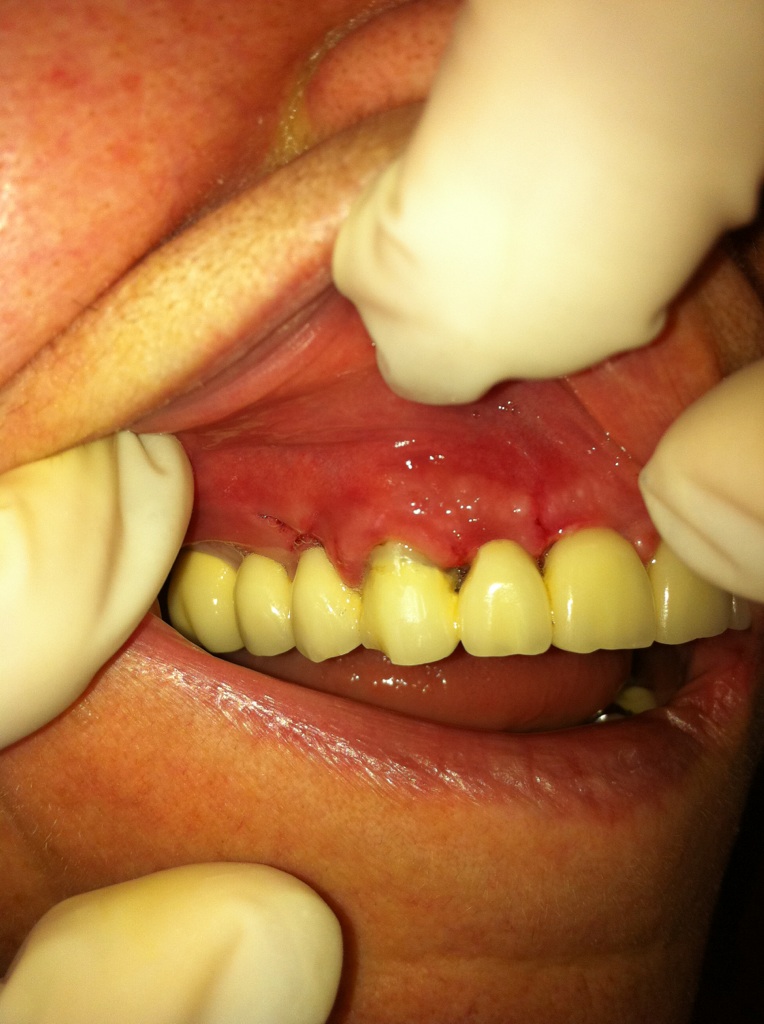REPEAT ROOT CANAL TREATMENT - RESECTION
A second chance?
Occasionally, a tooth that has undergone root canal treatment–resection may continue hurting despite the treatment. On other occasions, a tooth initially responds to the treatment, but begins to hurt again some months or even years later. When this happens, it is often possible that the tooth is saved with a second root canal treatment.
Why do I need a second treatment?
Your first root canal treatment–resection was performed because the soft tissue in the interior of the tooth, which is called “pulp”, was destroyed. Although the destroyed dental pulp has been removed and replaced with a filling of its root canals, a small part of the tooth might have remained alive. This results now to new problems such as inflammation, pain, swelling, fistula, cyst, etc.
Where do the problems of my tooth come from?
1) Improper or inadequate cleaning and filling of the root canals
In order for the root canal treatment-resection to succeed, the root canal must be fully cleaned of the pulp that is inflamed, and filled with the appropriate materials. Some root canals are so narrow, calcified or with great curves that the very small instruments that are used for their cleaning and shaping, cannot reach all the way to the apex. This has the result that some piece of pulp that has not been removed remains and this fact causes pain and inflammation in the bone under the root. Some root canals are also so small that it is difficult to detect them, which also results to an inflammation. The microscope is quite necessary in these cases also.
We must remark here that the experience, knowledge and equipment of the dentist play a very important role. There are specialist dentists who, after their university education, have attended a specialization training for three years in the sector of endodontic treatment- root canal. These are called Endodontists and have a huge experience as well as the knowledge and expertise to undertake a repeat root canal treatment so that the patient is relieved of the aforementioned symptoms.
2) Injury of the crown or the root of the tooth
An injury may have caused a dental root fracture, the formation of a cyst, or the development of an infection in the root’s edge.
Is it not possible that my regular dentist treats these problems?
General dentists have some knowledge of these procedures. However, your dentist believes that you deserve the best possible treatment and that the special skills of an endodontist will help you more in this case.
What is so “important” in what an endodontist does?
Endodontists save teeth. All dentists work in order to save our teeth. Endodontists are specially trained and have well equipped clinics where the microscope is necessary along with other special instruments and tools, aiming at saving teeth with small or large cysts, with advanced dental caries; they can treat and heal abscesses or even teeth with high mobility. They can also diagnose and relieve you of oral and facial pain, perform surgical operations, such as apicoectomy, when its is necessary, treat your tooth injuries and whiten discolored teeth.
In all cases, endodontists remove the “sick” or destroyed tissue under the microscope and then clean and fill with gutta-percha all the root canals. This procedure is known as root canal treatment. If this procedure is properly performed by an experienced endodontist, the rate of success of the root canal treatment is 99%.
Constantinos Laghios, Dental Surgeon - Endodontist, M.S.
Broken instrument on medial root of a molar. Extraction had been suggested because of the inability to bypass the instrument and finish the root canal
Root canal treatment was performed with success

The 6 month recall shows excellent healing

1.A decayed tooth with a doubtful , problematic root canal treatment
2.Initial x-ray with an incorrect, unfinished root canal treatment, in a patient currently facing serious pain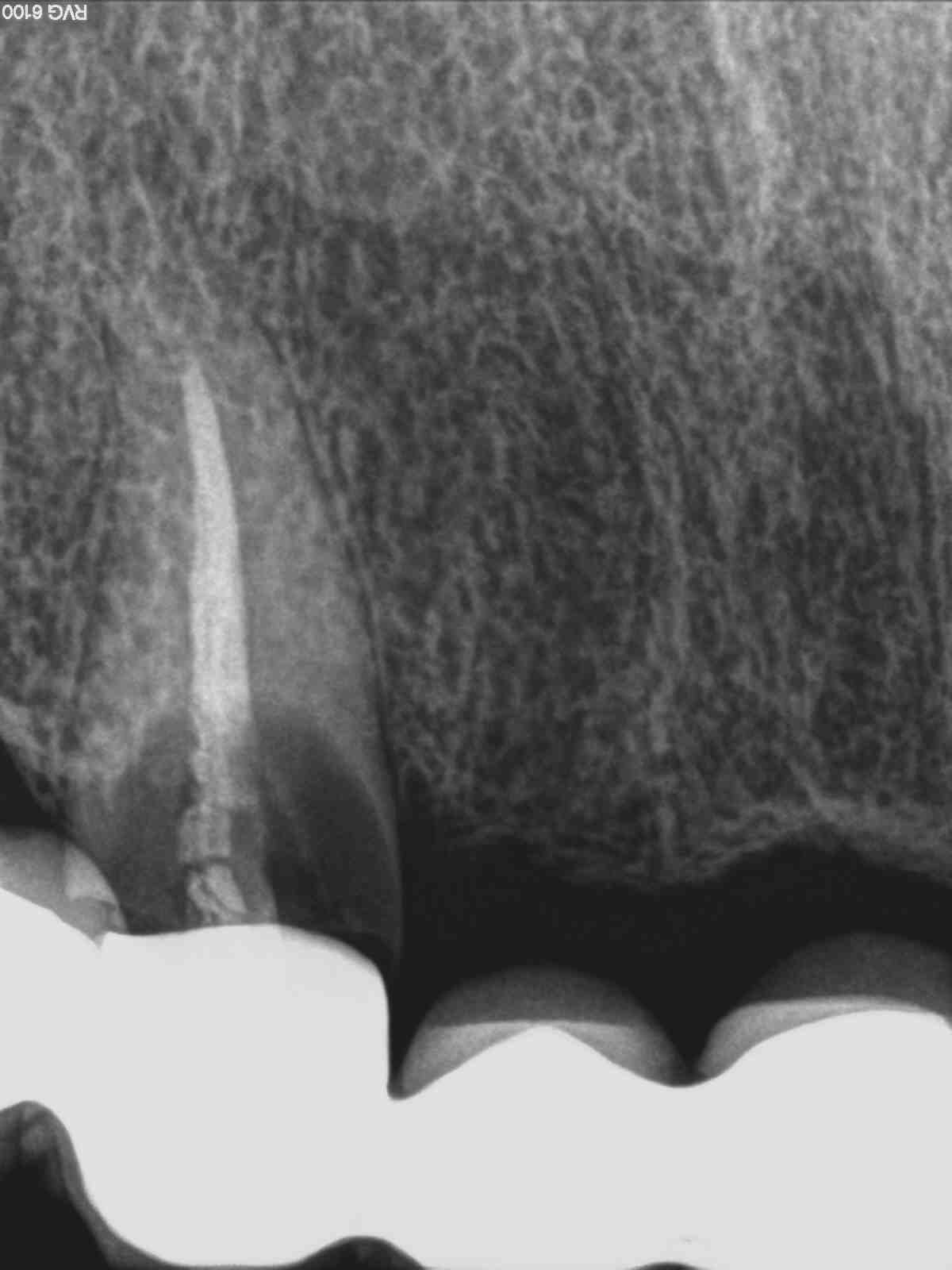
3.Α correct root canal treatment processed through a high-tech “Carl Zeiss” dental microscope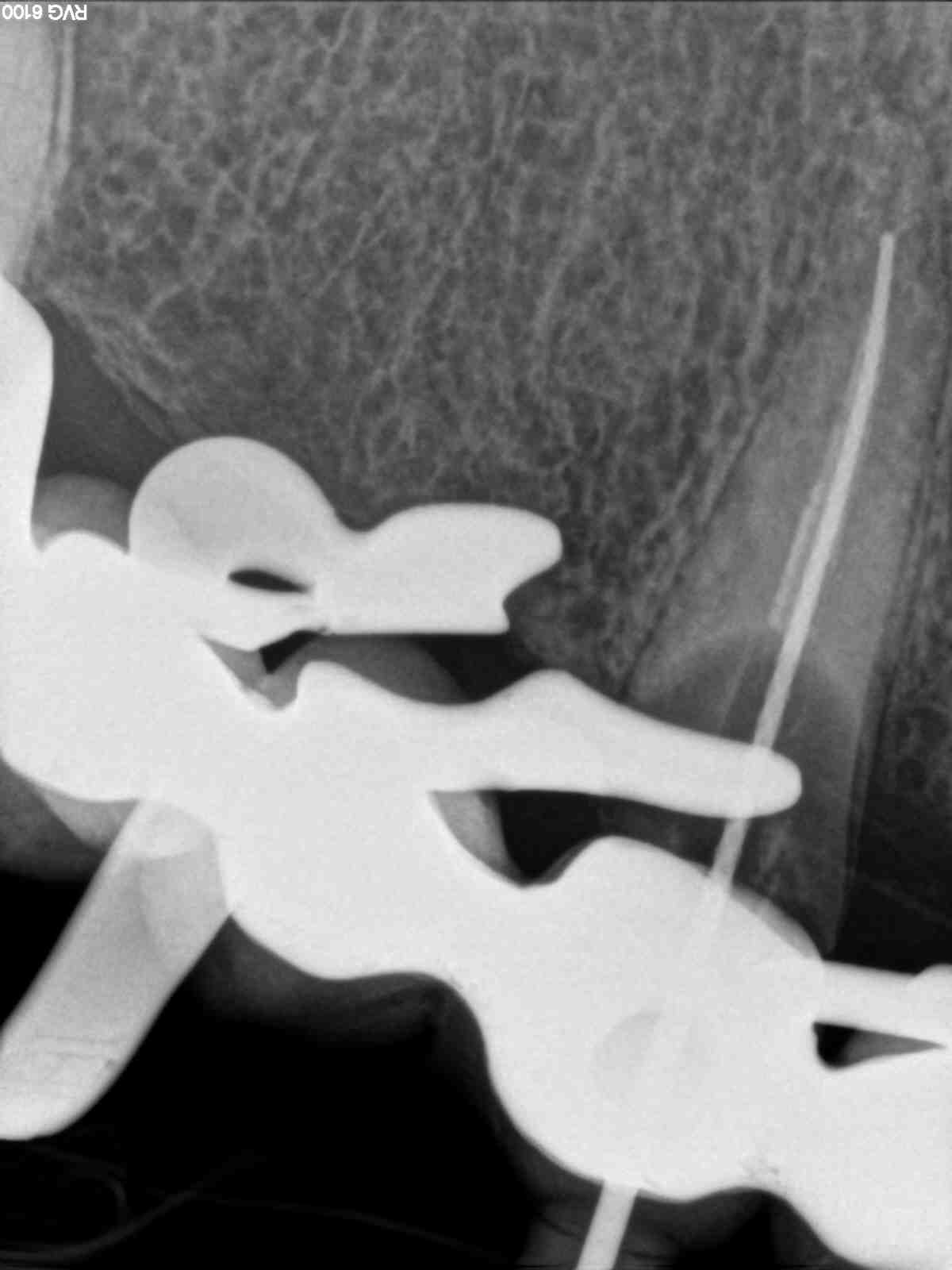
4.A successful root canal retreatment, reaching the very last millimeter of the apex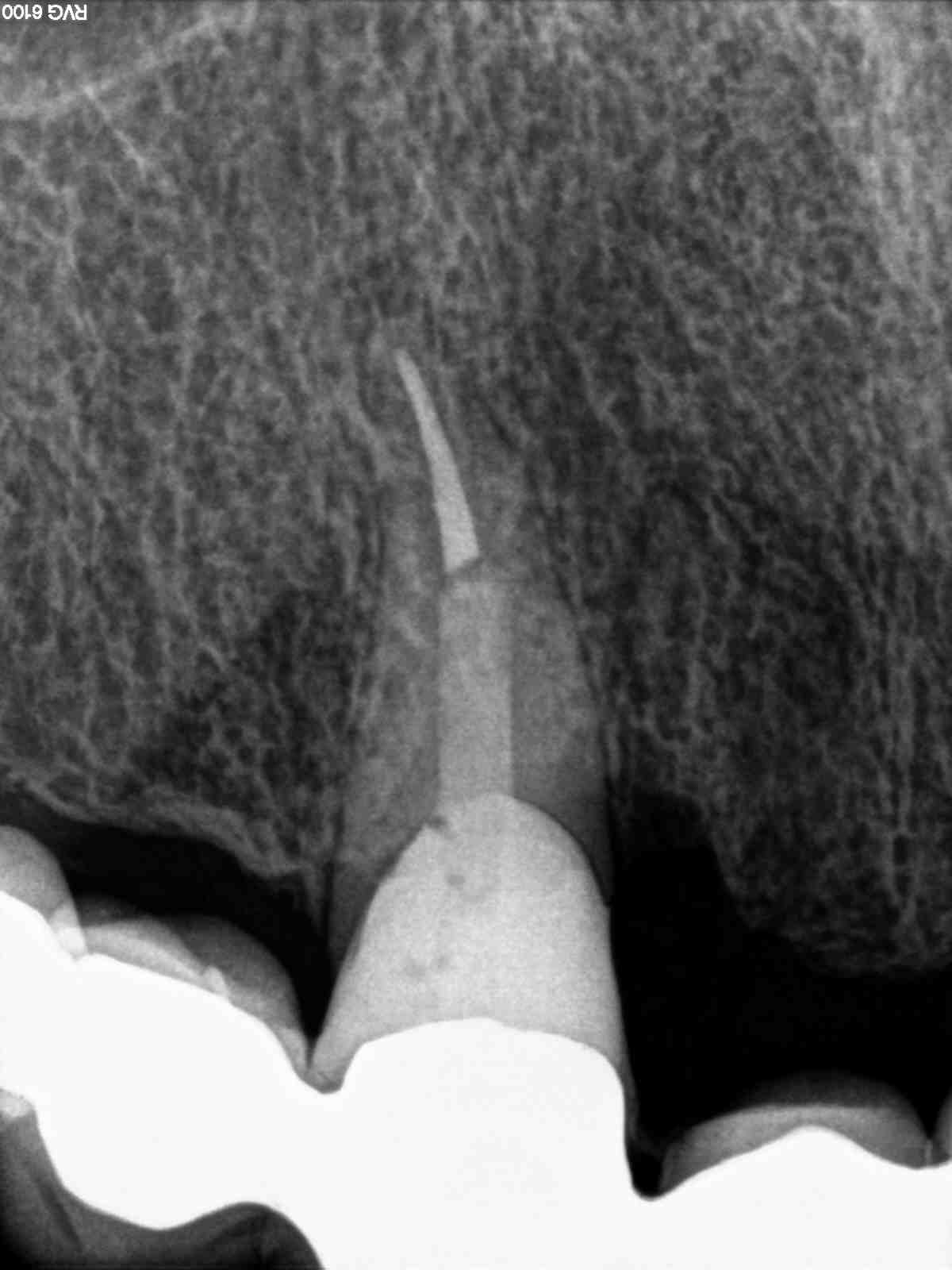
5.Flap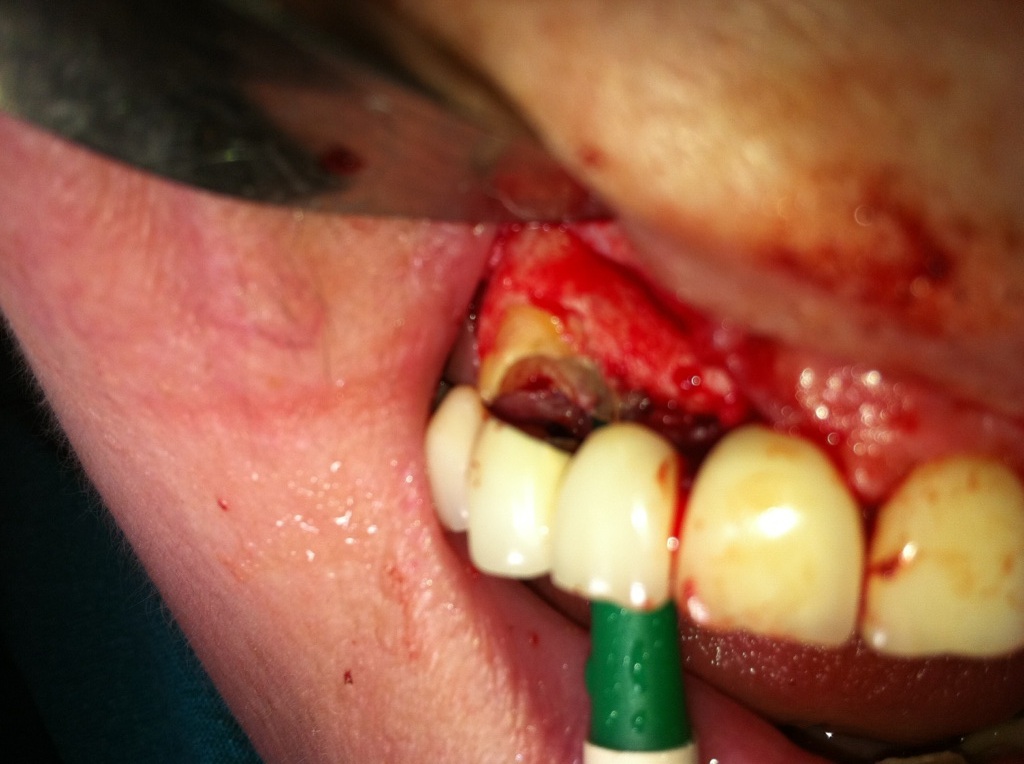
6.Placement-adhesion of a post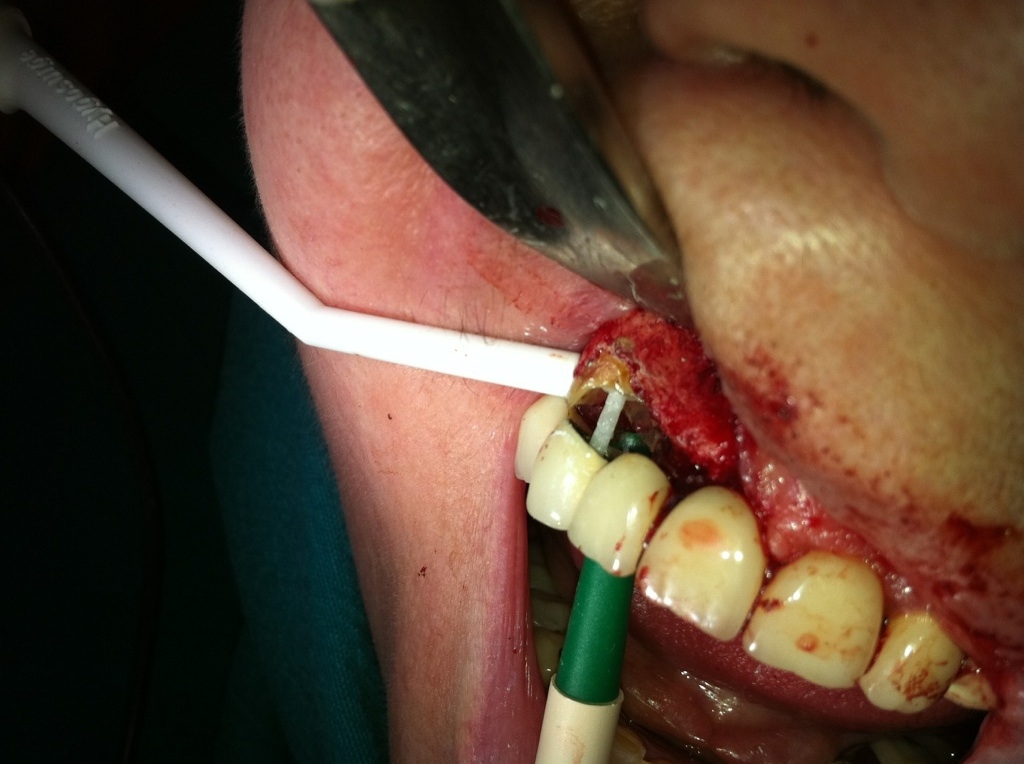
7.Placement of resin composite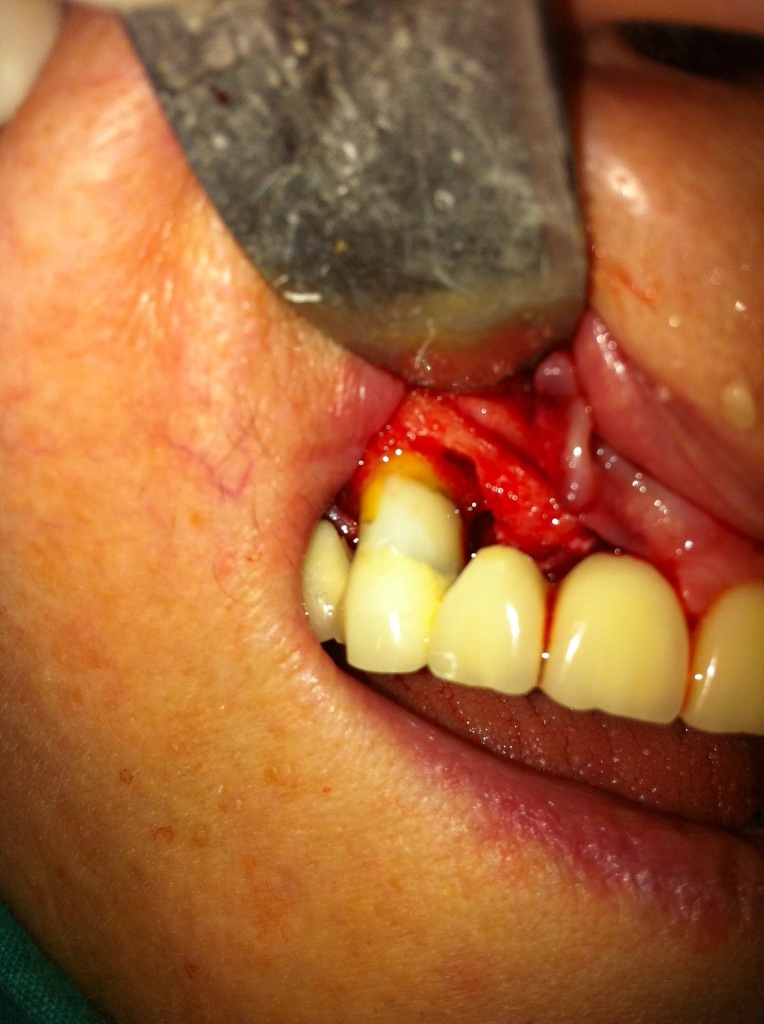
8.1-week recall: we can notice that the successfully endodontically treated tooth remains as an abutment in the existent bridge without being
necessary to replace the old bridge with a new one so the patient avoided any possible discomfort and financial burden as well